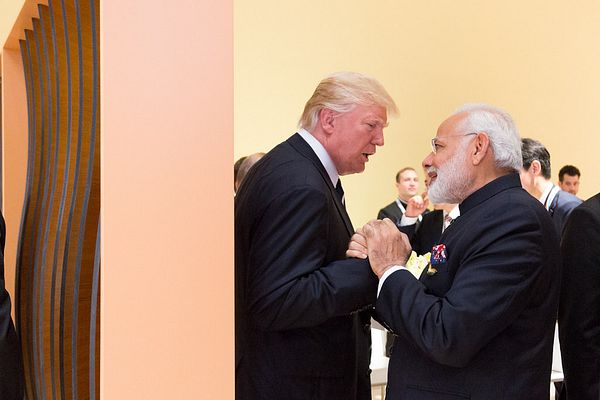Strengthening Pakistan’s Climate Change Policy

By: Saddam Tahir
Climate change is not only an environmental challenge; rather it has evolved into a security and developmental challenge over the years for countries across the globe. With changing climate scenarios, Pakistan’s development model needs to go through a paradigm shift, creating a second climate science arm. All economic planning and investments, out of necessity, need to be an exercise in planning and investment of climate adaptation, duly informed by institutions generating climate knowledge and providing climate services. Climate services can help the country pursue three tracks:
- Climate adaptation
- Disaster-risk reduction
- Sustainable development
In the annual report for 2020, Global Climate Risk Index has placed Pakistan in the fifth position on the list of countries that are most vulnerable to climate change. According to the report from 1999 to 2018, Pakistan has experienced 152 extreme weather hazards, faced economic loss worth $3.8 billion, and 9,989 people have died. Based on the statistics recorded by the think tank, the report concluded that Pakistan’s vulnerability to climate change is intensifying. The report points out that Pakistan is “recurrently affected by catastrophes and continuously rank among the most affected countries both in the long-term index and in the index for the respective year”. Due to the geographical location, Pakistan has become most vulnerable to climate change and hence placed on the long-term index of the report. One of the co-authors of the report David Eckstein registers in the report that “the entire region where Pakistan is located is prone to extreme weather events, in particular, heavy rainfalls e.g. during monsoon season, and floodings as a result.”
This year’s report is particularly relevant for Pakistan as climate change is fast “increasing variability in the water cycle, inducing a greater number of extreme weather events, reducing the predictability of water availability, and adversely affecting water quality”. Three water-related issues are central to climate adaptation in Pakistan:
- a) Water stress, reflected in increasing uncertainty and scarcity.
- b) Hazards and disasters reflected in floods, droughts, storms surges, and glacier lake outbursts.
- c) Water quality is reflected in the deteriorating quality of ground and surface water used for drinking, irrigation, and industry.
As the early warning systems continue to be underdeveloped and underutilized, the national meteorological and hydrological services remain weak. National public institutions mandated to provide hydrological information, therefore, lack the necessary capacities needed to provide climate services for water. The results are perilous: human, social, and economic losses are continuously soaring as floods have globally increased by 134 percent and droughts by 20pc in the last two decades. This gives Pakistan all the more reason to augment climate services.
Despite international support and growing climate vulnerabilities, Pakistan has not developed its National Framework for Climate Services (NFCS). The presence of an NFCS will provide an institutional mechanism to coordinate, facilitate and enhance collaboration among national institutions to improve, jointly produce, deliver and use science-based climate projections and services. Some regional countries like China and India who developed robust national frameworks have successfully accessed global science and technology, as the GFCS seeks to build on continued improvements in climate forecasting to increase access to the best climate data. Planners, investors, and vulnerable communities have the right to benefit from easy-to-use information so that they can plan and cope with projected trends and scenarios.
Since Pakistan’s datasets on temperature, precipitation, soil moisture, snowfall in glacial areas, ocean conditions, and winds are absent or inaccessible, policymakers are not always informed about long-term historical averages of these parameters or their risks. Development planners end up shooting in the dark by taking decisions without knowing long-term projections and trends. However, Pakistan’s leadership remains fully committed to addressing the concerns and threats of climate change. As multiple projects of reforestation took place in the last few years to tackle natural disasters.
